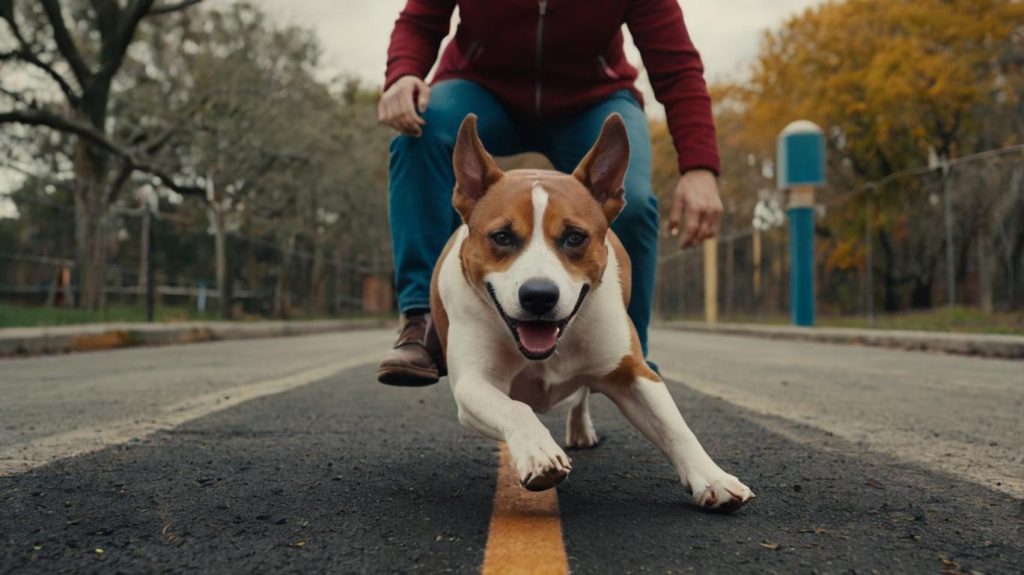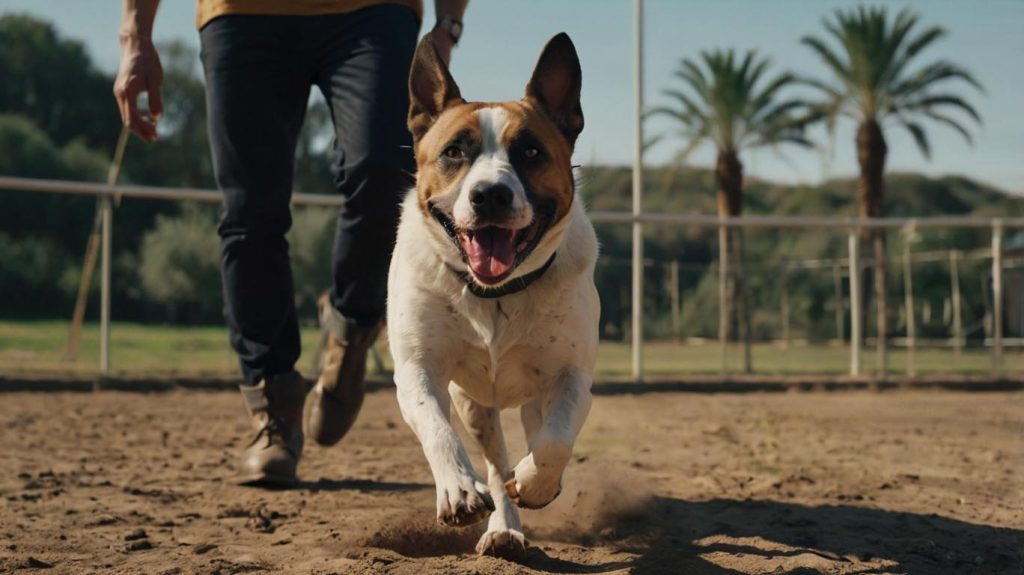How Heel Training Transformed My Dog Walks
Picture this: you’re walking your dog on a sunny afternoon, leash in hand, and your dog calmly walks beside you—no pulling, no dragging. That was never my reality, not until I discovered the power of heel training. My beagle, Ruby, had always been a bundle of energy. Every walk felt more like a tug-of-war match than a peaceful stroll. Eventually, something had to give, and that’s when I committed to real heel training.

The transformation wasn’t instant. But with patience, positive reinforcement, and consistency, Ruby went from a leash-lunging wild thing to a model walker. Today, I’ll walk you through heel training the way I learned—through real-world experience backed by expert guidance. Whether you’re a seasoned dog owner or a first-time pet parent, these methods will set you on the path to success.
Heel Training
Let’s be clear—heel training is more than just teaching your dog to walk beside you. It’s about instilling control, safety, and trust during walks. Dogs trained to heel are less likely to run into danger, pull toward distractions, or wear you out during every outing.
This guide will show you how to achieve that without force, relying instead on best SEO practices of dog training—clarity, consistency, and responsiveness.
Why Heel Training Matters for Every Dog Owner
Heel Training Builds Better Communication
When your dog knows the “heel” command, it creates a two-way dialogue. You signal structure; your dog feels secure. This harmony transforms chaotic walks into bonding experiences.
The Safety Benefits of Heel Training
From crowded sidewalks to unexpected wildlife, walking your dog at heel ensures they stay close, calm, and under control. That’s especially critical in urban areas where distractions are frequent and accidents can happen in an instant.
When Should You Start Heel Training?
Starting Heel Training Early Pays Off
The earlier, the better. Puppies as young as 10 weeks can begin to understand the basics. Still, it’s never too late. Older dogs might take longer but often grasp the importance quickly with consistent training.
How Heel Training Differs from Loose-Leash Walking
Loose-leash walking allows some freedom; heel training requires your dog to stay strictly by your side. Both are useful, but heel training offers more control—especially useful in high-distraction environments.
Preparing for Successful Heel Training
What You Need Before You Begin Heel Training
- A well-fitting harness or collar
- A standard 4-6 foot leash
- High-value treats (think chicken, cheese, or training snacks)
- Patience and time
Choosing the Right Location for Heel Training
Start in a quiet, low-distraction area. Your backyard or a quiet park corner works well. As your dog masters the command, gradually introduce more challenging environments.

How to Teach the Heel Command Step by Step
Step-by-Step Guide to Effective Heel Training
- Start on the left side: Hold the leash in your right hand and treats in the left.
- Command “heel”: Say it clearly and start walking.
- Reward position: When your dog walks next to you, reward instantly.
- Stop and correct: If your dog pulls ahead, stop walking. Resume only when they return to your side.
- Repeat with patience: Short, consistent sessions (10–15 minutes) are ideal.
Common Mistakes to Avoid in Heel Training
- Using retractable leashes
- Inconsistently enforcing the heel position
- Skipping rewards
- Losing patience too early
Real-Life Heel Training Story: Ruby’s Progress
Ruby used to dart after every squirrel she saw. Leash burns on my hand weren’t uncommon. When I started heel training, I used tiny pieces of chicken to reinforce the heel position. I practiced every morning and kept walks short. Within two weeks, Ruby walked calmly at my side—even around distractions like joggers or bikes.
Heel training made our walks less stressful and more enjoyable. We now hike together without the struggle, and the bond we built through training is priceless.
Best Heel Training Tips for Consistent Results
Be Consistent With the Heel Command
Use the same word, tone, and hand signal every time. Dogs thrive on consistency. Changing commands only confuses them.
Use Positive Reinforcement for Heel Training
Always reward the desired behavior. It builds enthusiasm and strengthens learning. Punishment causes fear and disconnect.
Gradually Increase Distraction Levels
Start simple, then challenge your dog by introducing new environments. This tests and strengthens their ability to heel in real-world situations.
Advanced Heel Training Techniques
Using Clicker Training for Heel Work
A clicker marks the exact moment your dog gets it right. Combine this with treats for even faster results. It’s especially useful for marking complex behaviors like sharp turns or stops during a heel.
Adding Voice Cues and Hand Signals
Once your dog understands “heel,” introduce hand gestures. This helps when you need silent control, especially in off-leash environments.
Heel Training for Specific Breeds
Heel Training for Energetic Dogs
Breeds like Border Collies or Boxers may need more exercise before they can focus. Consider a quick play session before starting heel work.
Small Breed Considerations in Heel Training
Smaller dogs may be more sensitive to leash corrections. Use gentle guidance and reward frequently to build trust.
Maintaining Heel Training Over Time
Daily Walks Reinforce the Heel Command
Practice heel on every walk—even if just for a few minutes. It reinforces discipline and keeps the skill sharp.
What to Do When Regression Happens
If your dog starts pulling again, go back to basics. Practice in a quiet space with lots of rewards. Heel training is a lifelong habit, not a one-time event.
FAQs
What age is best to start heel training?
Puppies can begin at 10 weeks, but it’s never too late to start.
How long does it take to train heel?
It varies, but most dogs learn the basics in 2–3 weeks with daily practice.
Should I train with treats forever?
Not forever. Gradually phase them out and replace them with praise or intermittent rewards.
Can I teach heel without a clicker?
Absolutely. Clickers help but aren’t necessary if you use consistent verbal praise.
How is heel different from loose-leash walking?
Heel requires strict positioning, while loose-leash allows some freedom.
Is heel training useful in off-leash situations?
Yes. Heel gives you control even without a leash—especially important for safety.
Conclusion: Heel Training Creates Calm, Happy Walks
Heel training isn’t just a trick—it’s a lifestyle. When your dog walks calmly by your side, it builds trust, safety, and joy. My journey with Ruby taught me that even the most stubborn pullers can change. With patience, positive reinforcement, and daily consistency, you’ll create a partnership built on respect and understanding.
So grab your leash, pocket those treats, and begin the journey toward heel mastery today. You won’t just train a dog—you’ll transform your walks for life.

